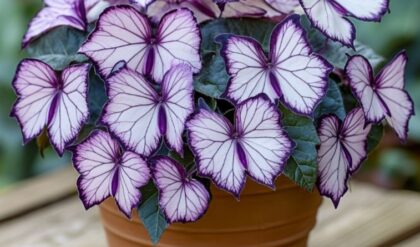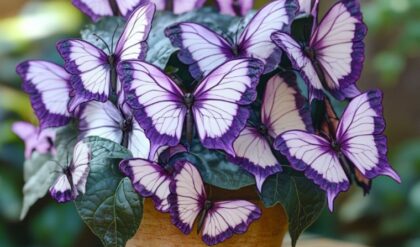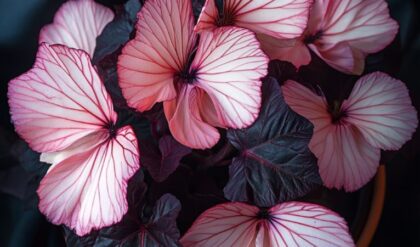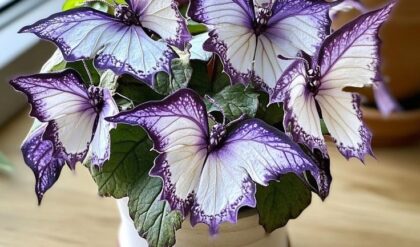Tropical orchids are captivating plants that offer a glimpse into the delicate balance and intricate beauty of nature. These vibrant, flowering species are not merely decorative; they represent the complexity and splendor of entire ecosystems. Caring for them is akin to nurturing a living work of art, requiring keen observation, patience, and a deep understanding of their unique needs.
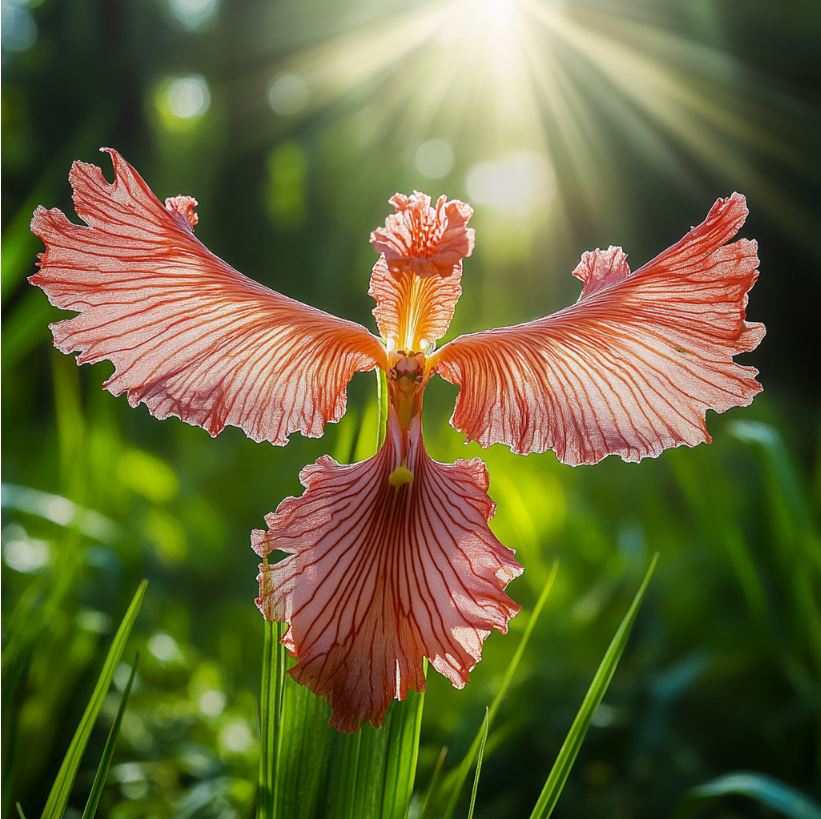
Understanding Light Requirements: The Dance of Light
Orchids thrive on light, often described as “light-hungry” plants. Ideally, they should receive 12 to 14 hours of light per day throughout the year. However, direct sunlight can scorch their delicate leaves, making east- or west-facing windowsills the perfect spots for their development.
Striking the Right Balance
Think of the orchid’s light needs as orchestrating a symphony of illumination. The right amount of light creates a harmonious backdrop for these ethereal blooms. Too much direct sun can lead to leaf burn, while too little can prevent the plant from reaching its full potential.
Adapting to Your Environment
Consider the unique lighting conditions in your growing space. If your orchids are receiving too much direct sun, you can diffuse the light with sheer curtains or move them to a more sheltered location. Conversely, if they seem to be lacking in light, supplemental lighting, such as grow lights, can help bridge the gap.
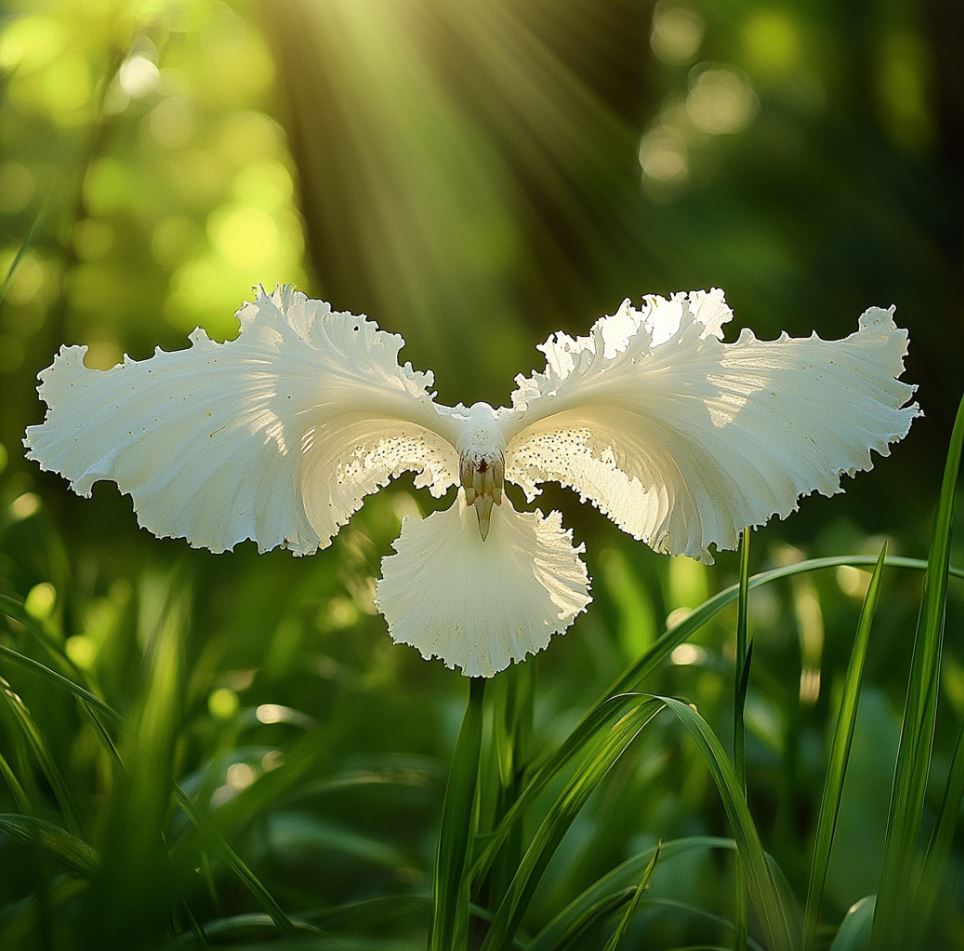
Maintaining Ideal Humidity and Temperature: The Tropical Oasis
Tropical orchids thrive in high-humidity environments, typically ranging from 40% to 60% relative humidity. This helps recreate the natural habitat of the rainforest. You can achieve and maintain this level of moisture through various methods, such as using a humidifier, pebble trays, or misting.
Embracing the Warmth
These alluring plants also prefer warmer temperatures, ideally between 65°F and 85°F (18°C and 29°C) during their active growing season. Imagine the orchid’s world as a cozy tropical haven—too cold and they’ll shiver, while too dry and it will feel like a harsh desert wind.
Monitoring and Adjusting
Keep a close eye on your orchids’ response to the temperature and humidity in your growing space. If they appear stressed, make the necessary adjustments to recreate their preferred microclimate. Remember, these plants thrive in a delicate equilibrium, and finding the right balance is key to their well-being.
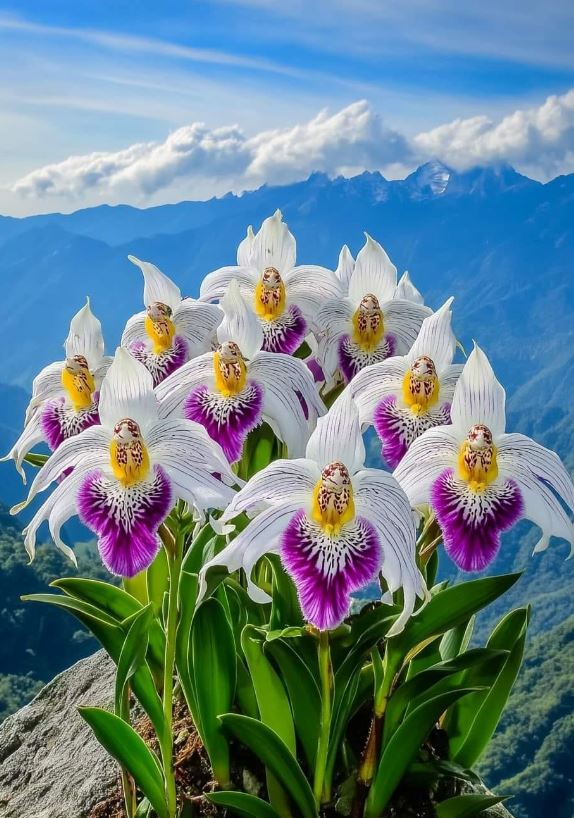
Mastering the Art of Watering: The Hydration Conundrum
Watering orchids is a delicate art, requiring precision and balance. They need to be kept moist, but overwatering can lead to the dreaded root rot, a common concern for orchid enthusiasts. As a general rule, water when the top inch of the growing medium has dried out.
The Watering Waltz
Visualize the watering process as a carefully choreographed dance, where each step must be executed with care. Too much water and the roots will suffocate; too little, and they’ll wither. Finding the perfect rhythm is akin to brewing the perfect cup of tea—just the right amount of liquid brings out the full flavor.
Monitoring Soil Moisture
Pay close attention to the potting medium, ensuring it never becomes completely dry or waterlogged. The goal is to maintain a consistently moist but not saturated environment for the roots. This balance supports the plant’s overall health and ensures its vibrant appearance.
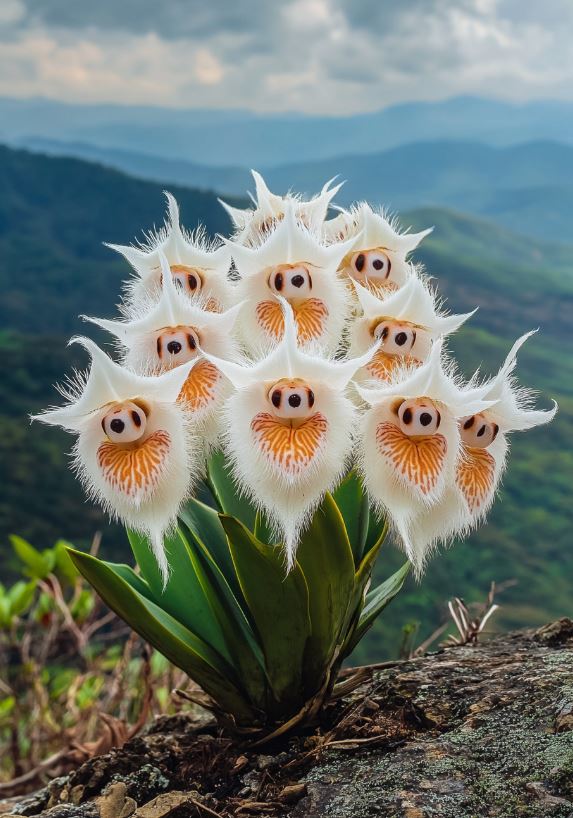
Nourishing Growth: The Fertilizer Feast
To encourage lush foliage and bountiful blooms, regular fertilization is essential for tropical orchids. Use a balanced, orchid-specific fertilizer, such as a 20-20-20 formula, especially during the growing season.
Feeding the Orchid’s Appetite
Just as a delicious meal enhances our dining experience, the right fertilizer blend can elevate the overall health and beauty of your orchids. The carefully proportioned nutrients provide the necessary fuel for their spectacular growth and flowering.
Timing the Feedings
Pay attention to the orchid’s natural growth cycle and adjust your feeding schedule accordingly. During the active growing season, when the plant is most energetic, more frequent feedings can support its vigor. However, be mindful not to overdo it, as excessive fertilizer can also harm the plant.
Selecting the Perfect Potting Setup: The Orchid’s Home
The choice of potting container and growing medium has a significant impact on the health and well-being of tropical orchids. Specialized orchid pots, designed to facilitate efficient drainage and air circulation, can make a remarkable difference.
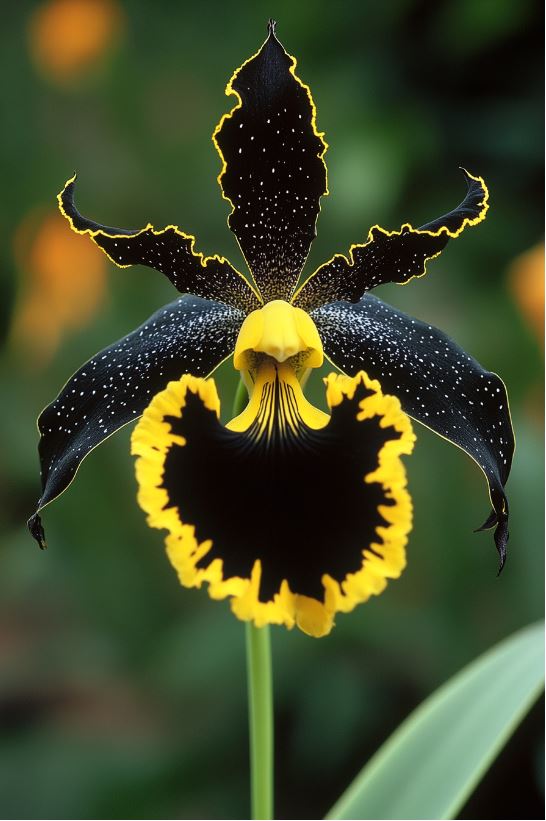
Crafting the Ideal Environment
Imagine the orchid’s world as a beautifully crafted vessel, tailored to its specific needs. The right pot, combined with a well-suited potting mix, provides the optimal foundation for the plant’s roots to thrive. Incorporating materials like fern roots or charcoal can further enhance the airflow around the roots.
Repotting: Rejuvenating the Orchid
Periodically repotting your orchids, typically every one to two years, can reinvigorate their growth and prevent issues like overcrowding or compacted media. This process allows you to refresh the potting mix, address any root problems, and give your plants the space they need to flourish.
Coaxing Blooms: The Test of Patience
One of the most captivating aspects of growing tropical orchids is the anticipation of their flowering. Different species have varying bloom cycles, and understanding the nuances of your particular orchid can help you provide the ideal care.
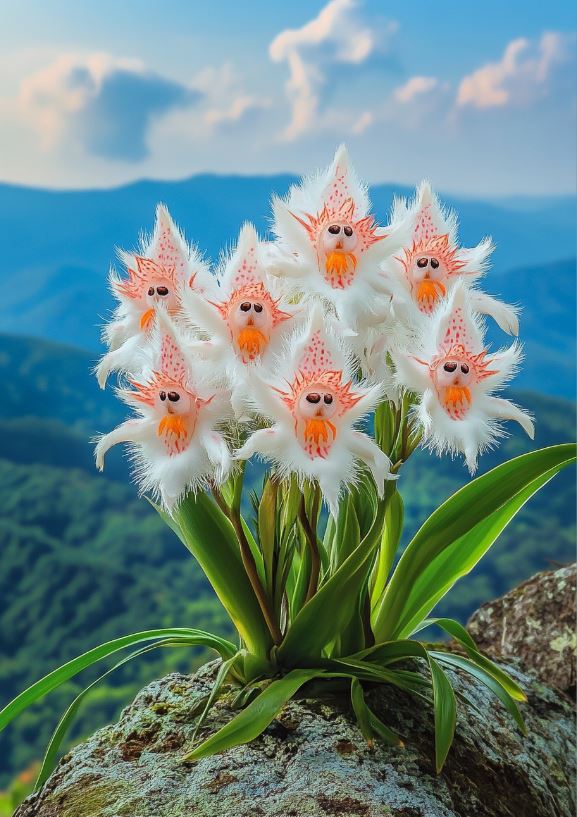
Respecting the Orchid’s Rhythm
Just as nature has its own seasons, tropical orchids often require a period of dormancy before they can bloom. This rest phase may involve adjustments to light, temperature, or watering. By respecting the orchid’s natural rhythm, you can create the perfect conditions for their spectacular display.
Celebrating the Bloom
When the long-awaited flowers finally emerge, it’s a testament to your dedication and the delicate balance you’ve achieved. Enjoy the fleeting beauty of these remarkable blooms, knowing that your patient nurturing has played a crucial role in their development.
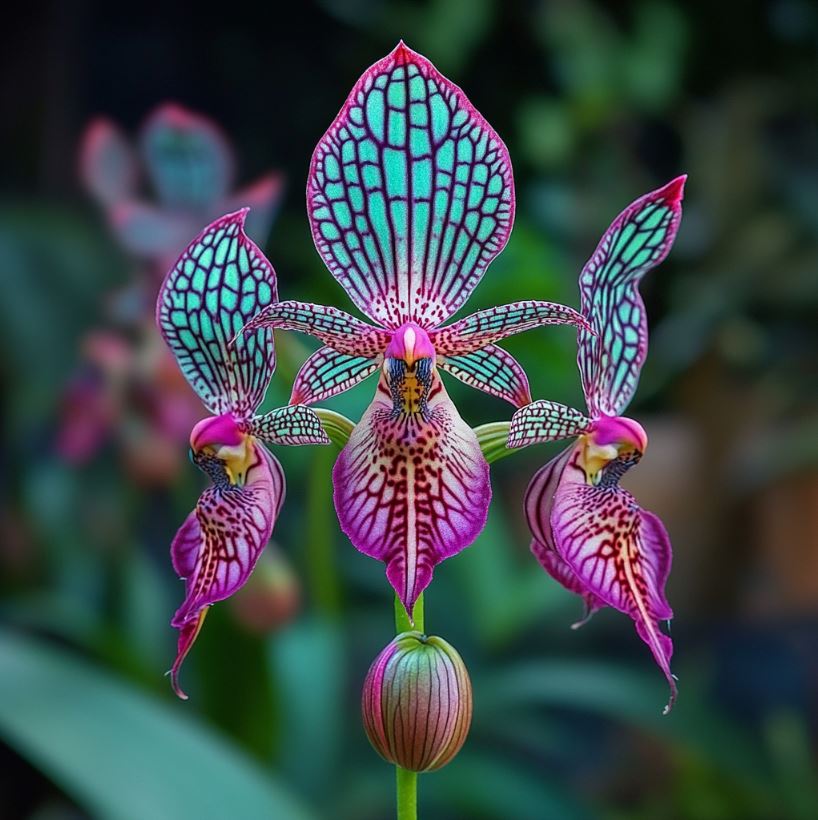
Conclusion
At the heart of growing and caring for exotic tropical orchids lies a complex dance, orchestrated by the interplay of light, humidity, temperature, watering, fertilization, and the right potting setup. Each element works in harmony to create the perfect environment for these captivating plants to thrive. Just as an artist meticulously crafts each brushstroke, we must approach the care of these living works of art with the same level of attention and reverence. By understanding the unique needs of these tropical wonders and providing the necessary conditions, we can witness the unfolding of their remarkable beauty, a true reflection of nature’s profound complexity and grace.

